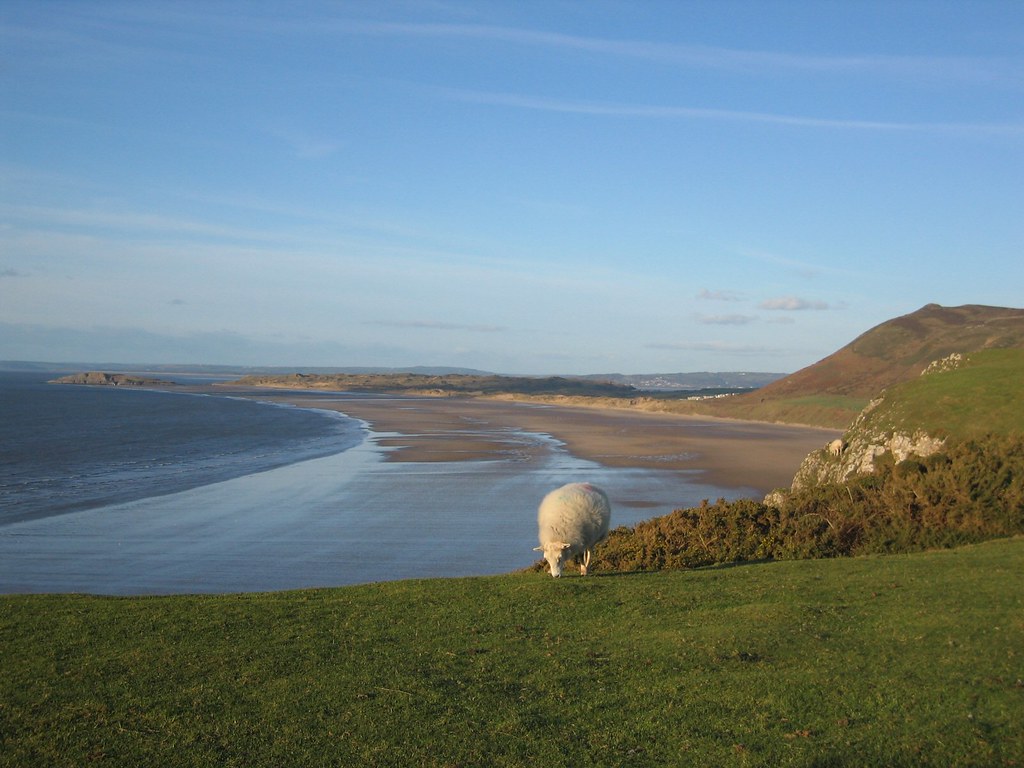
Safe Temperatures for Dog Walking in the UK: Ultimate Guide
You, as a proud dog owner, would have witnessed how much enjoyment your dog gets from day-to-day walks - wagging tails, sniffing, and unlimited energy. But was it known to you that temperature also plays an important role in securing the safety of your dog? Just like human beings, dogs are also prone to heat and cold, and taking them for walks at the inappropriate time can be detrimental to their health.
In this guide, we’ll share the safe dog walking temperature ranges in the UK, plus tips to plan safe routes in every season.
Dog Walking Temperature Chart UK
|
Temperature (°C)
|
Safety for Dog Walks
|
Tips
|
|
Be
low 0°C
|
❌ Too cold
|
Limit outdoor time, use dog coats, try indoor play
|
|
0°C – 5°C
|
⚠️ Caution
|
Short walks only, watch for shivering or lifted paws
|
|
6°C – 15°C
|
✅ Safe
|
Ideal for most breeds, enjoy longer walks
|
|
16°C – 20°C
|
✅ Best Range
|
Comfortable, safe for all walks
|
|
21°C – 24°C
|
⚠️ Caution
|
Walk early morning or evening, avoid midday sun
|
|
25°C+
|
❌ Too hot
|
Avoid walks, risk of heatstroke & paw pad burns
|
What Temperature Is Too Hot to Walk Dogs in the UK
On hot days, 25°C (77°F) and over is unacceptable for dog walking. Pavements and tar roads absorb heat faster than the air around them and burn your dog's paws. Brachycephalic breeds (such as Pugs or Bulldogs) are even more sensitive.
Tip: Walk in shaded parks, grass walks, and early/late walks on cooler days. Have water and rest on hand if your dog is overpainting.
What Is Too Cold to Walk the Dogs?
Below 0°C (32°F), it is usually too cold for an easy, safe walk - particularly for small, old, or short-haired dogs. At 5°C (41°F), some breeds will not do well. Signs include shivering, lifting paws, or refusing to walk.
Tip: Short walks, buy a warm dog coat, and play indoor games to keep your dog active on icy days.
The Safest Temperature to Walk Dogs in the UK
The perfect temperature for walking dogs is 15°C to 20°C (59°F–68°F). That is the perfect range where your dog can have long, happy, and safe walks without the threat of overheating or freezing.
Remember always: check your dog's body language over the thermometer. Panting, lagging behind, or shivering is the signal to turn back.
Tips for Planning Safe Dog Walking Routes
- Choose grass or shaded paths in hot weather.
- Avoid gritted roads or icy pavements in winter.
- Carry water & a collapsible bowl on longer routes.
- Walk in early mornings or late evenings during summer.
- Adjust your route length depending on the temperature and your dog’s breed.
5 Dog-Friendly Walking Destinations in the UK:
If you’re looking for safe and scenic routes year-round, here are some favourites:
1. Richmond Park, London - Expansive greenery with roaming deer.

2. Arthur's Seat, Edinburgh - Panoramic walks and open terrain.

3. Padley Gorge, Peak District - Wooded valleys with streams.

4. Gower Peninsula, Swansea - Gorgeous beaches such as Rhossili Bay.

5. New Forest, Hampshire - Woods and pub-going with dogs.

Final Thoughts
Understanding safe dog walking temperatures in the UK protects your dog's health along with enjoying pleasant walks all year round. From getting snug in winter to getting a break from the sun in summer, acclimating dog walks to weather conditions guarantees year-round safety.
Want to start up a successful dog walking or pet sitting business? Join your 7-day free trial with NarpsUK and enjoy expert tools-resources, and support for professionals like you.
FAQs - Dog Walking in Various Temperatures:
Q: Can I walk my dog in the rain?
A: Yes, absolutely! Invest in a waterproof coat for your dog and yourself. Rainy walks can be refreshing, just be sure to dry your dog thoroughly after.
Q: How can I protect my dog's paws in hot weather?
A: Consider dog booties or paw wax to protect against hot pavements. Opt for walks in the early morning or late evening when temperatures are cooler.
Q: Are there any indoor activities for dogs during extreme cold?
A: Absolutely! Engage your dog with indoor activities like puzzle toys, hide and seek, or obedience training to keep them active and stimulated.
Q: How can I tell if my dog is too hot during a walk?
A: Watch for signs like excessive panting, slowing down, or seeking shade. Always carry water, and if your dog shows discomfort, it's time to head home.
Q: What's the importance of acclimating my dog to different temperatures?
A: Acclimating your dog gradually helps them adapt to temperature changes, reducing the risk of discomfort or health issues during walks in extreme weather.
Hope this is useful for you if you are planning to start your own dog-walking business looking for a pet-sitting business course or looking for a professional pet sitter, it's the right time to explore NarpsUK.








